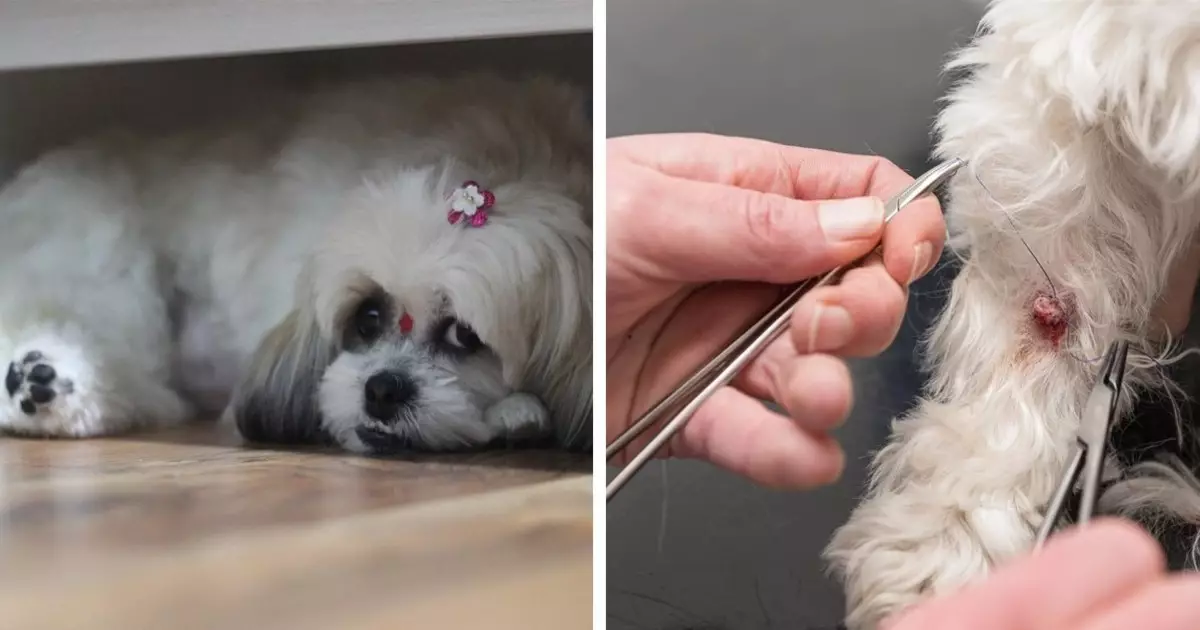Dog skin cancer is a prevalent yet often overlooked health issue that many pet owners may not fully understand. As the most common type of tumor found in dogs, skin growths can range from harmless to life-threatening. While not all of these tumors are malignant, being aware of the various types, associated risks, and preventive measures is essential for maintaining your dog’s health and well-being.
The Nature of Skin Tumors in Dogs
Skin tumors are often diagnosed in dogs, but many tend to be benign, posing minimal health risks. However, it is crucial to differentiate between benign and malignant tumors because the latter can be aggressive and spread quickly within the body, targeting vital organs like the liver and lungs. The three main types of skin cancer affecting dogs include malignant melanomas, squamous cell carcinomas, and mast cell tumors. Each type has unique characteristics, symptoms, and treatment protocols.
Malignant melanomas arise from melanocytes—skin cells responsible for pigment—and can appear as raised, white lumps mainly in areas like the mouth, nail beds, or other parts of the skin. While many melanomas are benign (referred to as melanocytomas), malignant versions, particularly common in certain breeds, require immediate veterinary attention due to their propensity for rapid growth and metastasis. Genetic factors are deemed significant contributors to this condition, along with potential environmental causes such as trauma or excessive licking.
Types of Skin Cancer: A Closer Look
Understanding the specific types of canine skin cancers is critical for timely diagnosis and treatment. Squamous cell carcinoma is another prevalent form, although it does not typically spread to lymph nodes, it remains aggressive and necessitates carefully considered surgical intervention to ensure complete removal. This cancer often manifests as wart-like lesions found on the abdomen, genital areas, or occasionally the feet.
Mast cell tumors, originating from immune cells known as mast cells, have an unidentified cause but are linked to inflammation and certain irritants. Breeds like Boxers and Pugs exhibit a higher incidence of these tumors, necessitating owner vigilance to monitor for any unusual growths.
While any dog can potentially develop skin cancer, certain breeds are predisposed to varying forms of the disease. For example, black dogs, particularly Scottish Terriers and Schnauzers, are more likely to suffer from malignant melanomas. In contrast, squamous cell carcinomas are more frequently seen in short-coated breeds with paler skin, including Dalmatians and Collies. Mast cell tumors predominantly affect Boxers but can also appear in other breeds such as Boston Terriers and Labrador Retrievers.
Environmental factors, particularly sun exposure, play a significant role in the development of skin cancer in dogs. Hairless or short-haired breeds are particularly at risk as UV rays can penetrate their skin more easily, making protective care paramount.
Recognizing the early signs of skin cancer in dogs is crucial for effective treatment. However, distinguishing between benign and malignant growths can be challenging even for veterinarians. It’s important for dog owners to conduct regular check-ups, keeping an eye out for any new or changing lumps, particularly those that appear on the lips, muzzle, or feet.
Some of the visual manifestations that may indicate the presence of skin cancer include raised or sore areas, color changes in existing lumps, or any discharge from growths. In cases of suspected cancer, a veterinary consultation is essential, as they may recommend a biopsy to ascertain the nature of the growth.
Tips for Prevention and Protection
Prevention is always better than cure, especially when it comes to skin cancer. While it’s vital for every dog to have regular vet check-ups, dog owners can take additional measures to shield their pets from potential risks. Providing shade during outdoor activities, particularly during peak sunlight hours, and ensuring good sun protection can make a significant difference.
When it comes to using sunscreen, it’s crucial to choose products specifically formulated for dogs. Many human creams contain ingredients that are toxic to pets if ingested, leading to severe health complications. Always consult a veterinarian before applying any topical products.
Ultimately, while more than half of the lumps and bumps that dogs develop are non-cancerous, remaining vigilant about regular checks, monitoring changes, and promptly consulting a veterinarian when suspicious growths appear can dramatically improve your dog’s chances of a healthy life. Early detection and timely intervention are critical in ensuring your furry friend remains free from severe health threats.


Leave a Reply